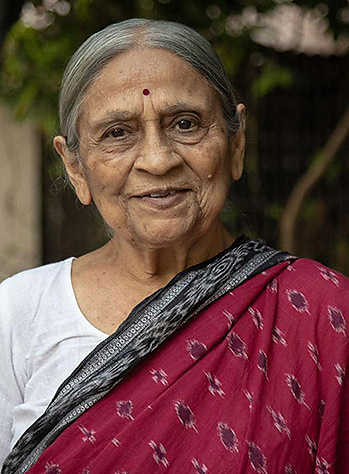Social Justice
Self-Employed Women’s Association (SEWA)
- 05 Nov 2022
- 4 min read
For Prelims: SEWA, Padma Bhushan, Magsaysay Award, Mahatma Gandhi, ILO, PM-SVANidhi scheme
For Mains: Issue related to Women Empowerment
Why in News?
Recently, Elaben Bhatt, renowned founder of the Self-Employed Women’s Association (SEWA), passed away.
Who was Elaben Bhatt?
- She was a noted Gandhian, leading women’s empowerment activist.
- For her work, Elaben received numerous accolades and was conferred several national and international awards including Padma Bhushan, Magsaysay Award and the Indira Gandhi Sadbhavna Award.
- She was a Member of Parliament and of the Planning Commission of the Government of India.
- She used all these opportunities to bring about a structural improvement in the condition of Indian women.
- She joined the Textile Labour Association in 1955, a union that emerged after a textile strike led by Mahatma Gandhi in 1918.
- Ela Bhatt’s work at the women’s wing of the union and continuous interaction with women migrants in the textile sector led her to conceptualize the self-help group.
What is the Self-Employed Women’s Association (SEWA)?
- SEWA was born out of the Textile Labour Association (TLA) founded by Anasuya Sarabhai and Mahatma Gandhi in 1920 but it could not register as a trade union until 1972 because its members did not have an “employer” and were thus not seen as workers.
- In 1981, after the anti-reservation riots in which the Bhatts were targeted for supporting quotas for Dalits in medical education, the TLA broke up with SEWA.
- As early as in 1974, SEWA Bank was established to provide small loans to poor women.
- It is an initiative that was recognised by the International Labour Organisation as a microfinance movement.
- With an annual membership fee of just Rs 10, SEWA allows anyone who is self-employed to become a member.
- Its network is spread across 18 Indian states, in other countries of South Asia, in South Africa, and Latin America.
- It has helped rehabilitate women in personal, and even political or social crises, by empowering them through skilling and training.
- It simultaneously provided employment to women and promoted cooperative production, consumption and marketing of textiles which constituted the core of India’s industrialisation.
- It also decisively influenced the course of trade unionism and labor movement in India.
What are the Achievements of SEWA?
- The Unorganised Workers Social Security Act (2008), the National Rural Livelihoods Mission (2011), and the Street Vendors Act (2014), are seen as successes of SEWA’s struggle.
- The PM Street Vendors Atmanirbhar Nidhi (PM-SVANidhi) scheme is seen as being inspired by SEWA’s microfinance model.
- During the pandemic, SEWA launched Anubandh, an e-commerce platform to connect sellers with buyers, to keep kitchen fires burning through the lockdowns.
- The efforts of SEWA to change the lives of over 2.1 million members and many more around the world have long been recognised as a model for the world.
UPSC Civil Services Examination Previous Year Question (PYQ)
Q. “Micro-Finance as an anti-poverty vaccine, is aimed at asset creation and income security of the rural poor in India”. Evaluate the role of the Self Help Groups in achieving the twin objectives along with empowering women in rural
India. (2020)
Source: IE







